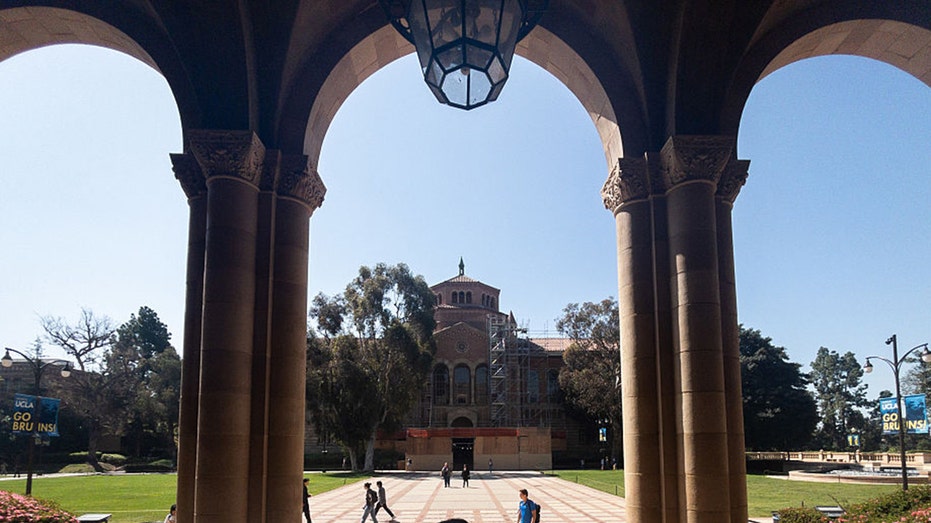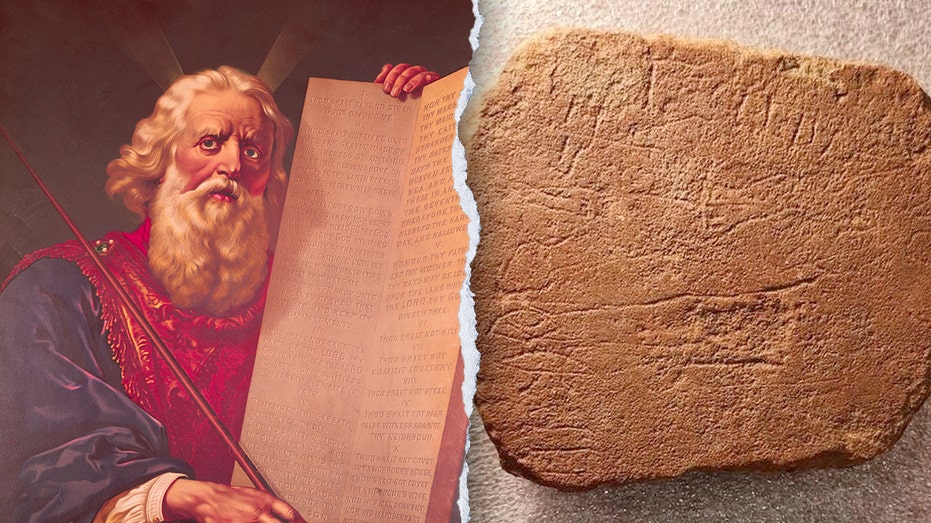The UCLA Manuscript Theft: Unpacking the Implications for Cultural Heritage

Sarah Johnson
August 11, 2025
Brief
Analysis of the UCLA manuscript theft, examining the cultural heritage implications, security vulnerabilities, and global art crime connections.
The Theft of Rare Chinese Manuscripts: A Deeper Look at Cultural Heritage Crime
Opening Analysis: The alleged theft of rare Chinese manuscripts from UCLA's library system is more than just a crime; it's a significant blow to cultural heritage preservation. This incident highlights vulnerabilities within academic institutions and raises concerns about the protection of historically significant artifacts. The motivations behind such a theft, whether for profit or personal collection, underscore the complexities and evolving nature of art and cultural property crime.
The Bigger Picture: The illicit trade of cultural artifacts has a long and complex history, often intertwined with colonialism, war, and economic disparities. For centuries, artifacts have been looted from their countries of origin, ending up in private collections or museums in the West. The UNESCO 1970 Convention on the Means of Prohibiting and Preventing the Illicit Import, Export and Transfer of Ownership of Cultural Property was a landmark effort to combat this, but the problem persists. This incident at UCLA echoes similar cases involving stolen historical documents and artworks worldwide, highlighting the global challenge of protecting cultural heritage. The value of these manuscripts transcends monetary worth; they are invaluable records of Chinese history, philosophy, and artistic expression.
What This Really Means: This alleged scheme reveals several critical issues. First, it exposes the potential weaknesses in security protocols within even the most prestigious academic libraries. The fact that someone could check out rare manuscripts, replace them with forgeries, and evade detection for a period indicates a need for stricter oversight and advanced authentication methods. Second, the use of multiple aliases and fraudulent identification suggests a premeditated and sophisticated operation, possibly linked to a larger network involved in the trafficking of stolen cultural property. Furthermore, the suspect's alleged travel to and from China shortly after the thefts raises the possibility that these manuscripts were intended for sale or private collection in China, where there is a growing market for historical artifacts. The ease with which historical documents can be sold on the black market further incentivizes these crimes.
Expert Perspectives:
- Dr. Elizabeth Stone, Professor of Art History at UCLA, emphasizes that the loss of these manuscripts represents a significant cultural loss. "These documents are not mere objects; they provide invaluable insights into Chinese history, philosophy, and artistic traditions. Their theft deprives scholars and the public of the opportunity to study and appreciate them," she notes.
- Robert Wittman, former FBI art crime investigator, points out that the art and antiquities black market is a multi-billion dollar business, fueled by demand from collectors and institutions. "The theft of these manuscripts is likely motivated by profit. These items can fetch high prices in private sales, particularly if they are authenticated and have significant historical value," Wittman explains.
Data & Evidence:
- According to the FBI, art and cultural property crime is estimated to cost billions of dollars annually worldwide.
- A 2023 report by UNESCO indicates that only a small percentage of stolen cultural artifacts are ever recovered.
- The market for Chinese art and antiquities has experienced significant growth in recent decades, driven by increased interest and investment from Chinese collectors and institutions.
- The Department of Justice estimates the stolen manuscripts are valued at $216,000. However, the cultural and historical value is far greater.
Looking Ahead: The outcome of this case could have far-reaching implications. A successful prosecution could serve as a deterrent to future thefts and encourage institutions to enhance their security measures. It could also lead to greater international cooperation in the recovery and repatriation of stolen cultural property. Moreover, this incident underscores the need for increased public awareness about the importance of preserving cultural heritage and the role individuals can play in preventing its destruction or theft. Libraries and museums may need to reassess their loan procedures and consider implementing advanced technologies, such as RFID tracking and high-resolution imaging, to monitor and protect vulnerable items.
The Bottom Line: The alleged theft of rare Chinese manuscripts is a stark reminder of the ongoing threat to cultural heritage. It demands increased vigilance from academic institutions, law enforcement, and the public, as well as a renewed commitment to international cooperation in combating art and cultural property crime. The recovery of these manuscripts and the prosecution of the perpetrator are crucial to preserving a vital part of Chinese history and ensuring that such valuable artifacts are protected for future generations.
Further Developments
As this case unfolds, several questions remain. What was the ultimate destination of the manuscripts? Were there other individuals involved in the scheme? And what steps can be taken to prevent similar thefts in the future? The answers to these questions will not only shed light on this particular incident but also inform broader efforts to protect cultural heritage worldwide.
Editor's Note: The vulnerability of cultural artifacts in academic and public institutions is a growing concern exacerbated by the increasing sophistication of thieves and traffickers. This incident serves as a wake-up call, demanding a serious re-evaluation of security measures and a renewed emphasis on the preservation of our shared cultural heritage. The international implications of this case cannot be overstated.
Topics
Editor's Comments
This case illuminates a crucial intersection between academic resources and the global black market for cultural artifacts. The alleged actions of the suspect highlight the need for constant vigilance and innovative security measures within institutions entrusted with safeguarding our collective history. Furthermore, the international scope of the illicit art trade means that effective solutions must involve global collaboration and a dedication to prosecuting those who profit from the theft of cultural heritage. The recovery of these manuscripts should be a top priority, underscoring the value we place as a society on preserving our connection to the past.
Like this article? Share it with your friends!
If you find this article interesting, feel free to share it with your friends!
Thank you for your support! Sharing is the greatest encouragement for us.






